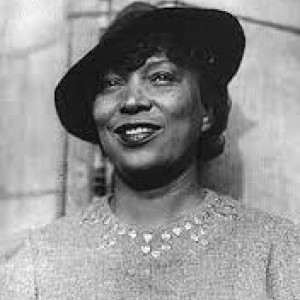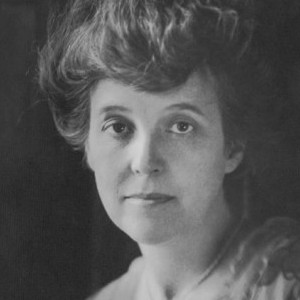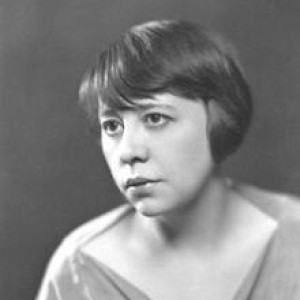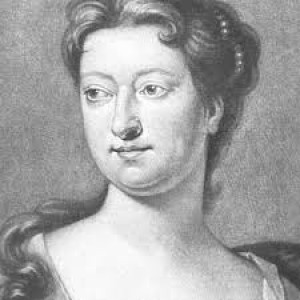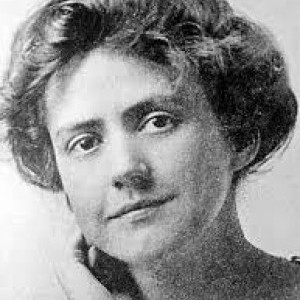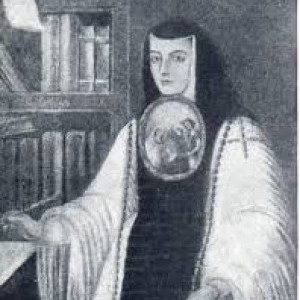Hrotsvitha of Gandersheim
Biography

Born 930-935, Died 973-1002
EARLY YEARS: Most information about Hrotsvitha is inferred from primary source materials, as exact biographical details about her life have been lost to history. She is confirmed to have been a tenth century canoness, which is a precursor to what is known now as a nun; secular canonesses similar to Hrotsvitha were usually members of wealthy, noble families, especially in Germany, and their superiors, known as abbesses, were also of notable upbringing and rank. Hrotsvitha herself was supposedly born into Saxon nobility. They vowed to observe solely chastity and obedience, instead of the full Rule of St. Augustine, which governs what we traditionally see as typical convent behavior. Aside from reciting the Divine Office, the canoness’ job was largely secular and without religious involvement.
SCHOOLING: Studied under Abbess Gerberga II
WHERE SHE LIVED: Gandersheim Abbey, Bad Gandersheim, Lower Saxony
MARRIAGES/DIVORCES/CHILDREN: Unmarried
OTHER LITERARY INVOLVEMENT: Wrote a total of eight narrative poems, known as legends, six plays, and two historical pieces about the early Ottonian family
INSPIRATION: The plays of Roman playwright Terence
EARLY PLAYS: Her works appeared in three books; six plays appeared in Liber Secundus
WHAT MADE HER SUCCESSFUL: Her educational background
MAINLY REMEMBERED: First female poet since Sappho, largely known to be the first female playwright
Little is known about Hrotsvitha (ca. 935-ca. 1002), a tenth century German canoness and author. Most of what is known about her is largely surmised from contemporaneous primary sources; we know that she was born into Saxon nobility and entered the Gandersheim Abbey as a secular canoness, and that she studied under Abbess Gerberga II, a niece of Otto I, Holy Roman Emperor. Under the abbess’ tutelage, Hrotsvitha was exposed to classic writers such as Terence, on whose works she modeled many of hers, and Virgil, Horace, and Ovid. Hrotsvitha was mostly active during the later tenth century, releasing her literary output in three books: Liber Primus, which contains her eight legends; Liber Secundus, which contains her six hagiographic plays; and Liber Tertius, which contains Gesta Oddonis, her history on the Ottonian family. Her six poems, which took the form of verse dedications and introductions to her other works, are distributed among the three books. Hrotsvitha was aware that her gender would make her susceptible to ridicule in her society; although her views on gender would today be considered to be incredibly antiquated, but as a learned woman she refused to submit to convention and declared that her writing ability was a gift from God and refused to be discredited because of her gender—a very progressive attitude in the tenth century.
Hrotsvitha’s legacy remains as a landmark from which modern female playwrights are assessed: in the modern era, Hrotsvitha is the first female poet since Sappho and the first known female playwright. She was also considered the first female historian of Europe, and her combined works are considered to be landmarks in European Latin texts from the Middle Ages.



